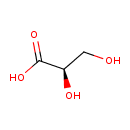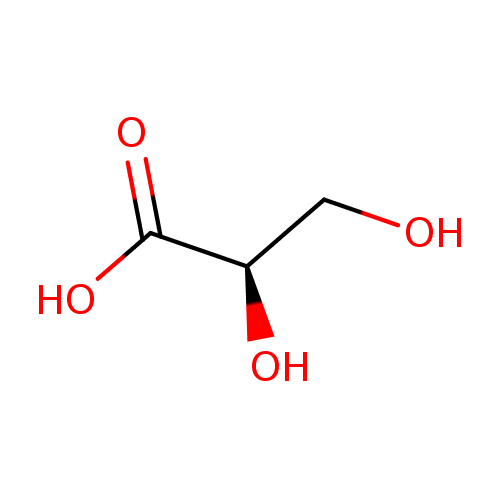| References: |
- Sreekumar A, Poisson LM, Rajendiran TM, Khan AP, Cao Q, Yu J, Laxman B, Mehra R, Lonigro RJ, Li Y, Nyati MK, Ahsan A, Kalyana-Sundaram S, Han B, Cao X, Byun J, Omenn GS, Ghosh D, Pennathur S, Alexander DC, Berger A, Shuster JR, Wei JT, Varambally S, Beecher C, Chinnaiyan AM: Metabolomic profiles delineate potential role for sarcosine in prostate cancer progression. Nature. 2009 Feb 12;457(7231):910-4. [19212411 ]
- Boulat O, Gradwohl M, Matos V, Guignard JP, Bachmann C: Organic acids in the second morning urine in a healthy Swiss paediatric population. Clin Chem Lab Med. 2003 Dec;41(12):1642-58. [14708889 ]
- Guneral F, Bachmann C: Age-related reference values for urinary organic acids in a healthy Turkish pediatric population. Clin Chem. 1994 Jun;40(6):862-6. [8087979 ]
- Hoffmann GF, Meier-Augenstein W, Stockler S, Surtees R, Rating D, Nyhan WL: Physiology and pathophysiology of organic acids in cerebrospinal fluid. J Inherit Metab Dis. 1993;16(4):648-69. [8412012 ]
- Dietzen DJ, Wilhite TR, Kenagy DN, Milliner DS, Smith CH, Landt M: Extraction of glyceric and glycolic acids from urine with tetrahydrofuran: utility in detection of primary hyperoxaluria. Clin Chem. 1997 Aug;43(8 Pt 1):1315-20. [9267307 ]
- Topcu M, Saatci I, Haliloglu G, Kesimer M, Coskun T: D-glyceric aciduria in a six-month-old boy presenting with West syndrome and autistic behaviour. Neuropediatrics. 2002 Feb;33(1):47-50. [11930278 ]
- Fontaine M, Porchet N, Largilliere C, Marrakchi S, Lhermitte M, Aubert JP, Degand P: Biochemical contribution to diagnosis and study of a new case of D-glyceric acidemia/aciduria. Clin Chem. 1989 Oct;35(10):2148-51. [2551543 ]
- Bennett MJ, Ragni MC, Hood I, Hale DE: Comparison of post-mortem urinary and vitreous humour organic acids. Ann Clin Biochem. 1992 Sep;29 ( Pt 5):541-5. [1444166 ]
- Rashed MS, Aboul-Enein HY, AlAmoudi M, Jakob M, Al-Ahaideb LY, Abbad A, Shabib S, Al-Jishi E: Chiral liquid chromatography tandem mass spectrometry in the determination of the configuration of glyceric acid in urine of patients with D-glyceric and L-glyceric acidurias. Biomed Chromatogr. 2002 May;16(3):191-8. [11920944 ]
|
|---|


